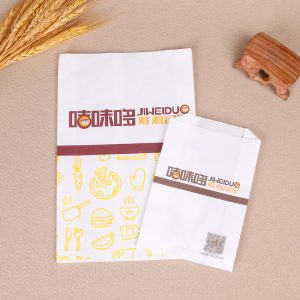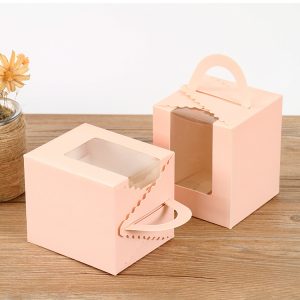Sustainable packaging trends are reshaping the packaging industry as consumers and businesses increasingly prioritize eco-friendly solutions to reduce environmental impact. Here are some of the key sustainable packaging trends that are shaping the industry:
- Biodegradable Materials: Biodegradable packaging made from plant-based sources, such as cornstarch, sugarcane, or algae, is gaining popularity. These materials break down naturally in the environment, reducing plastic waste.
- Compostable Packaging: Compostable materials, which break down into organic matter in industrial composting facilities, offer an eco-friendly alternative to traditional packaging and reduce landfill waste.
- Recycled Content: Packaging made from post-consumer recycled materials reduces the demand for virgin resources and promotes a circular economy.
- Minimalist Design: Minimalistic packaging focuses on using fewer materials and reducing excess packaging, which helps conserve resources and minimizes waste.
- Reusable Packaging: Brands are exploring reusable packaging options, encouraging customers to return and refill containers or packaging for certain products.
- Package-Free Solutions: Package-free stores and refill stations allow customers to bring their own containers to buy products in bulk, reducing single-use packaging.
- Water-Soluble Films: Water-soluble packaging films made from materials like PVOH (Polyvinyl Alcohol) dissolve in water, reducing plastic waste in landfills and oceans.
- Edible Packaging: Edible packaging made from ingredients like seaweed or rice can be safely consumed along with the product, reducing waste and adding a novel experience.
- Upcycling and Repurposing: Brands are using creative methods to upcycle or repurpose waste materials, turning them into unique and eco-friendly packaging solutions.
- Digital Printing and Labeling: Digital printing techniques reduce waste and enable customization, allowing brands to print labels and packaging on demand, minimizing excess inventory.
- Smart Packaging: Packaging with IoT-enabled features can optimize supply chain efficiency, reduce waste, and enhance consumer experience by providing real-time information.
- Sustainable Design Certifications: Increasingly, brands are seeking certifications like FSC (Forest Stewardship Council), B Corp, or Cradle to Cradle to demonstrate their commitment to sustainable packaging practices.
- Eco-Friendly Inks and Coatings: Use of eco-friendly inks and coatings reduces the environmental impact of packaging printing processes.
- Bioplastics and Bio-based Polymers: Bioplastics derived from renewable sources like plant-based starches or PLA (Polylactic Acid) are gaining traction as alternatives to traditional petroleum-based plastics.
- Carbon-Neutral Packaging: Some brands are investing in carbon offset initiatives to achieve carbon neutrality in their packaging production and distribution processes.
These sustainable packaging trends are driven by consumer demand for environmentally responsible products, growing awareness of plastic pollution, and the increasing need to address climate change. As sustainable practices become mainstream, the packaging industry is embracing innovative solutions to meet these demands and shape a more sustainable future.








